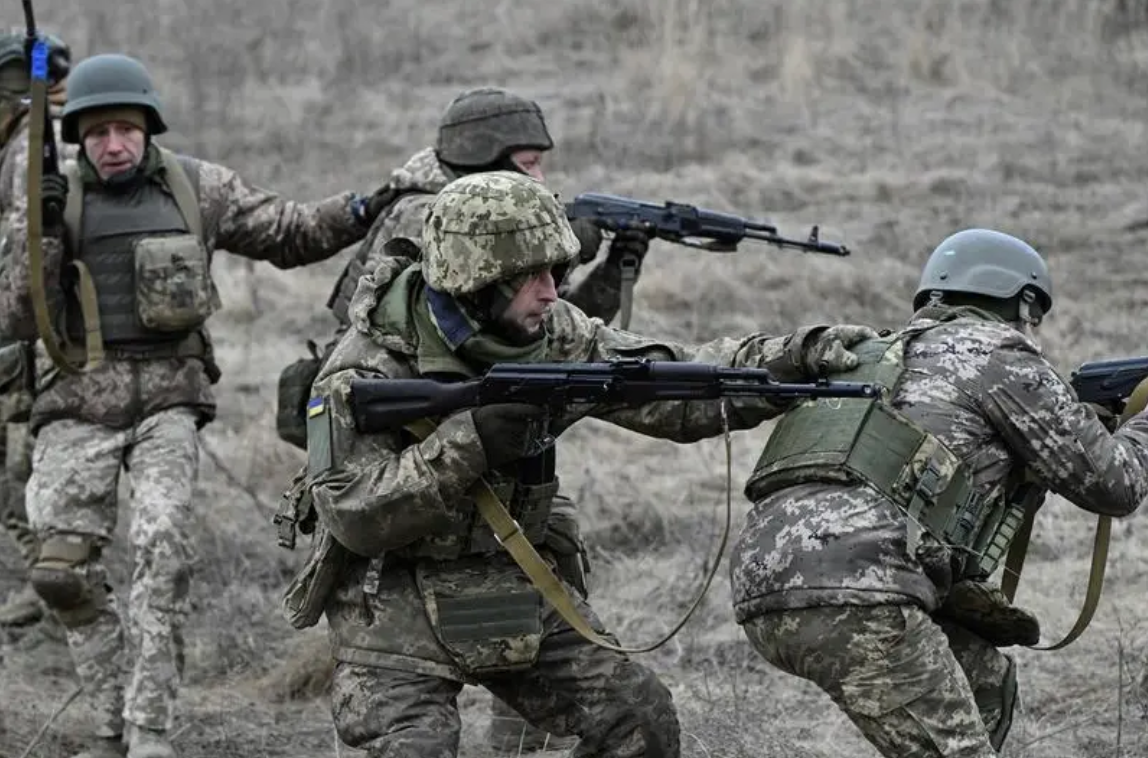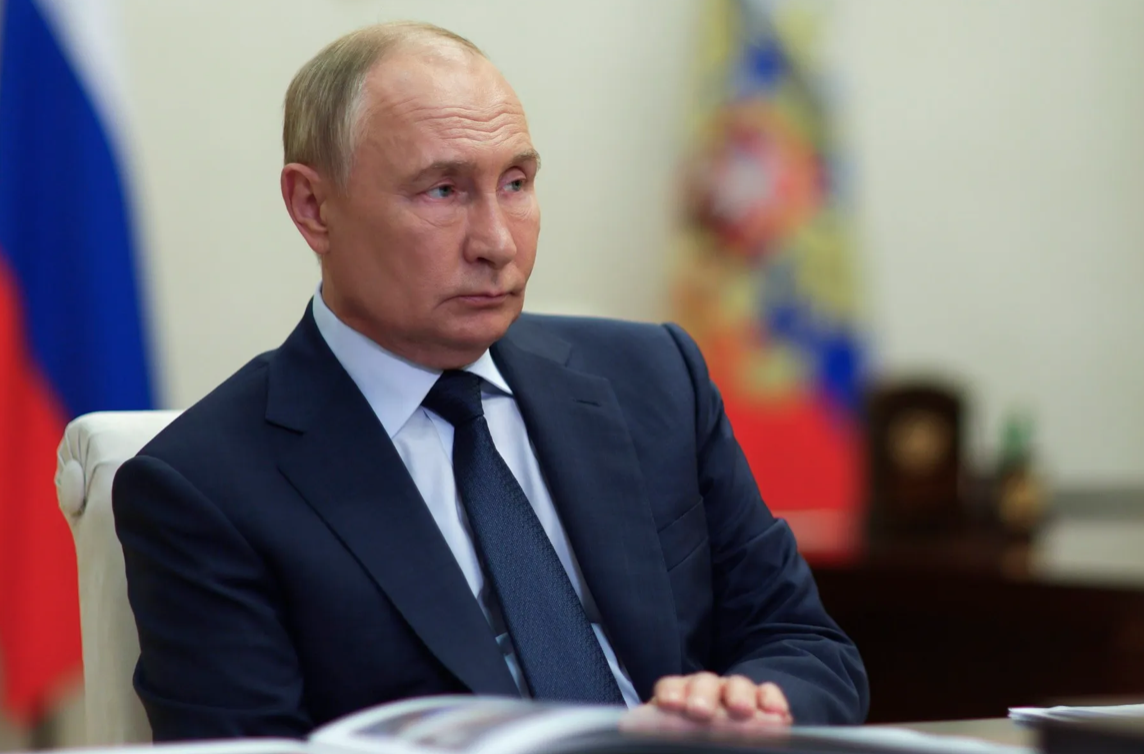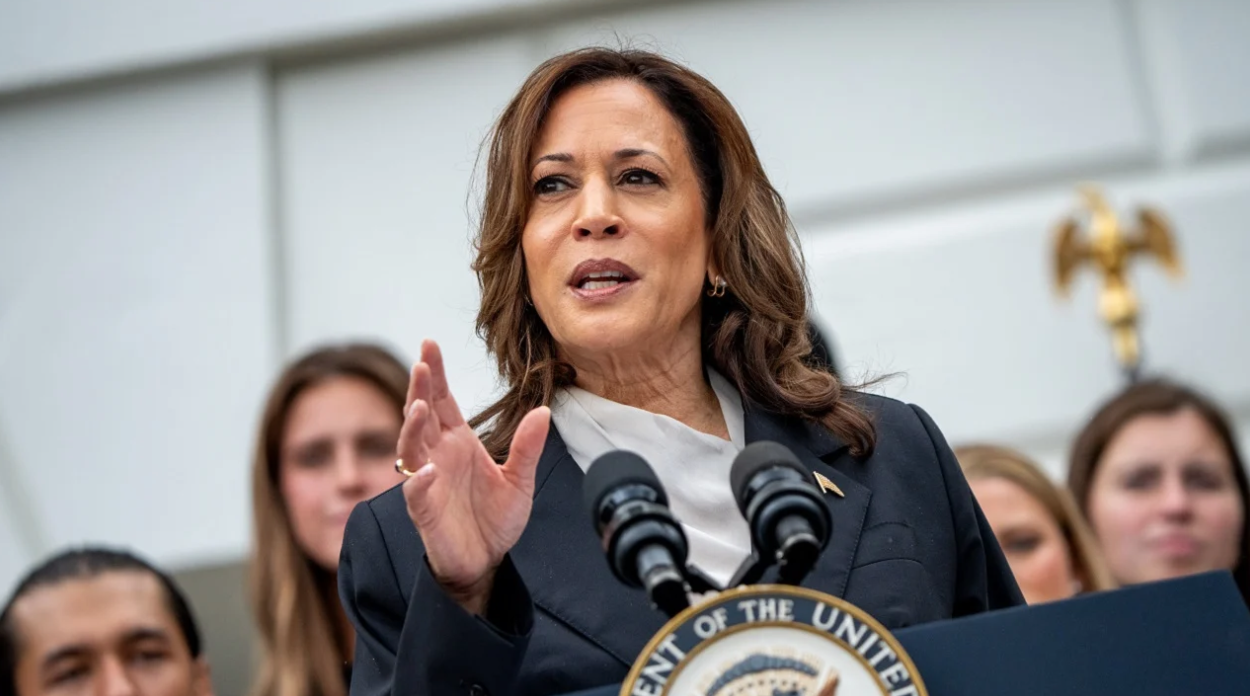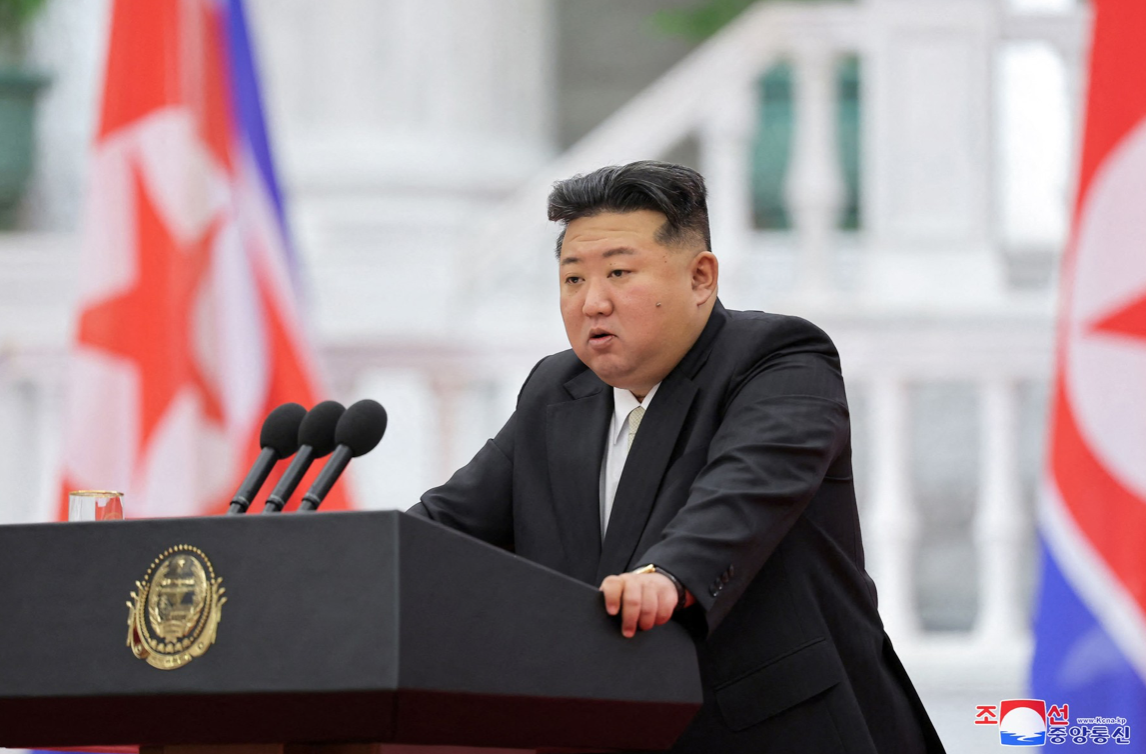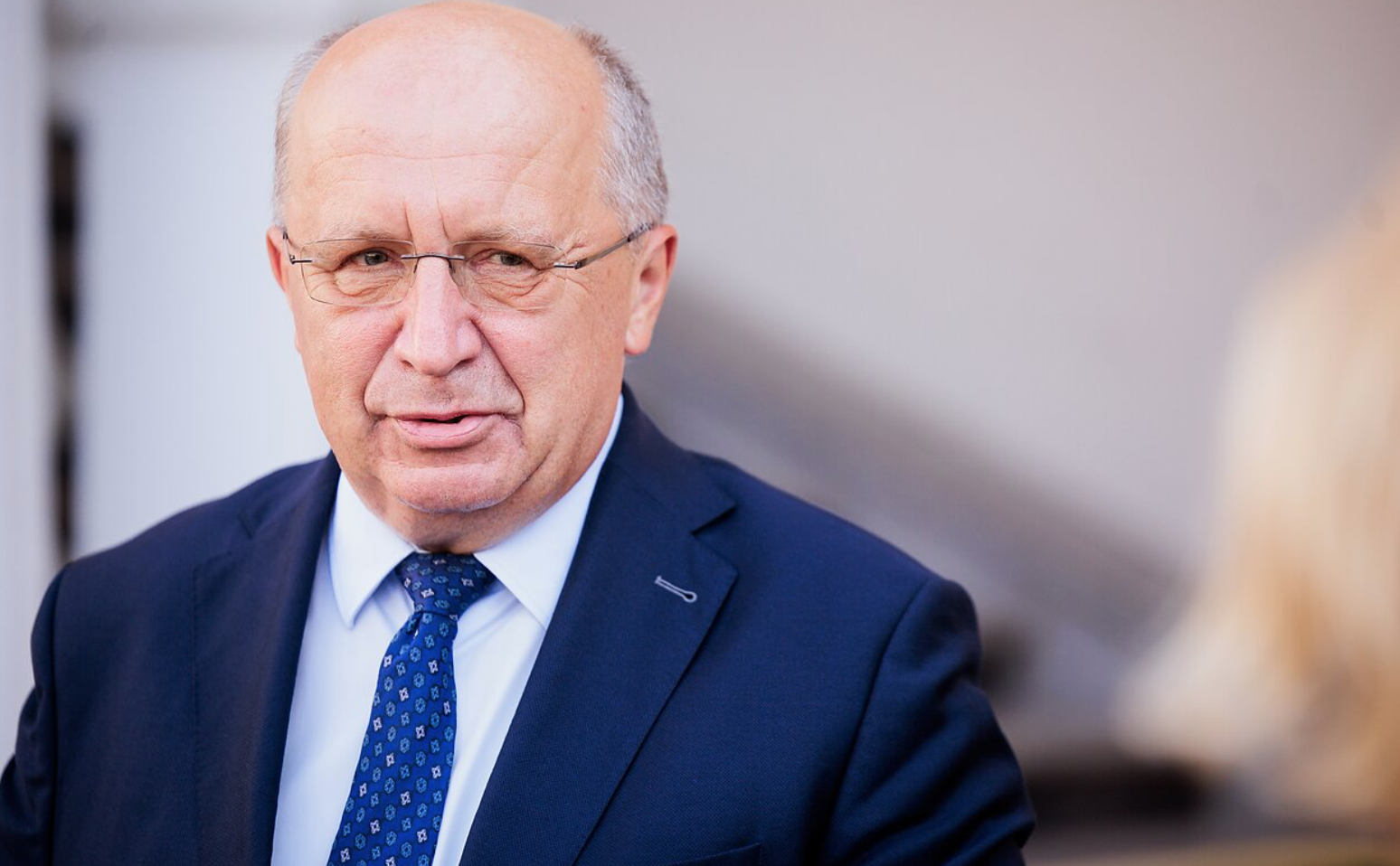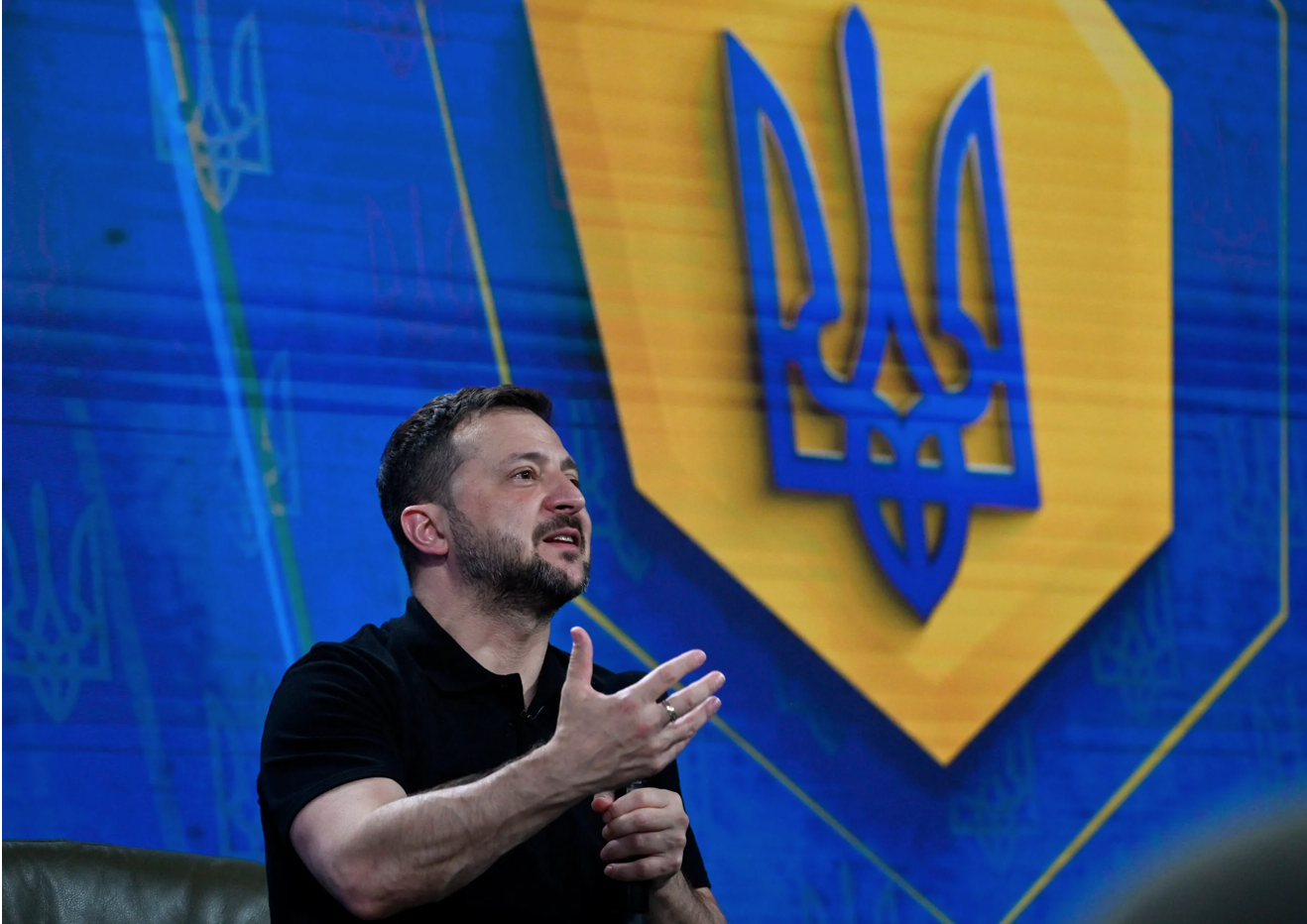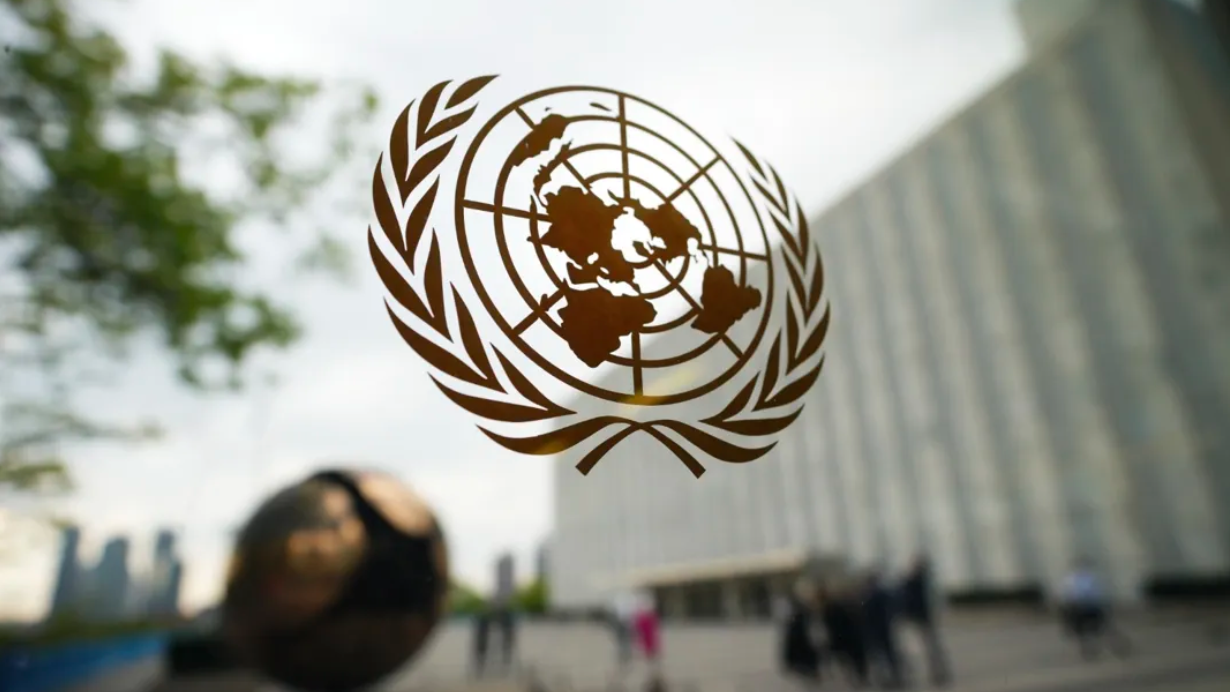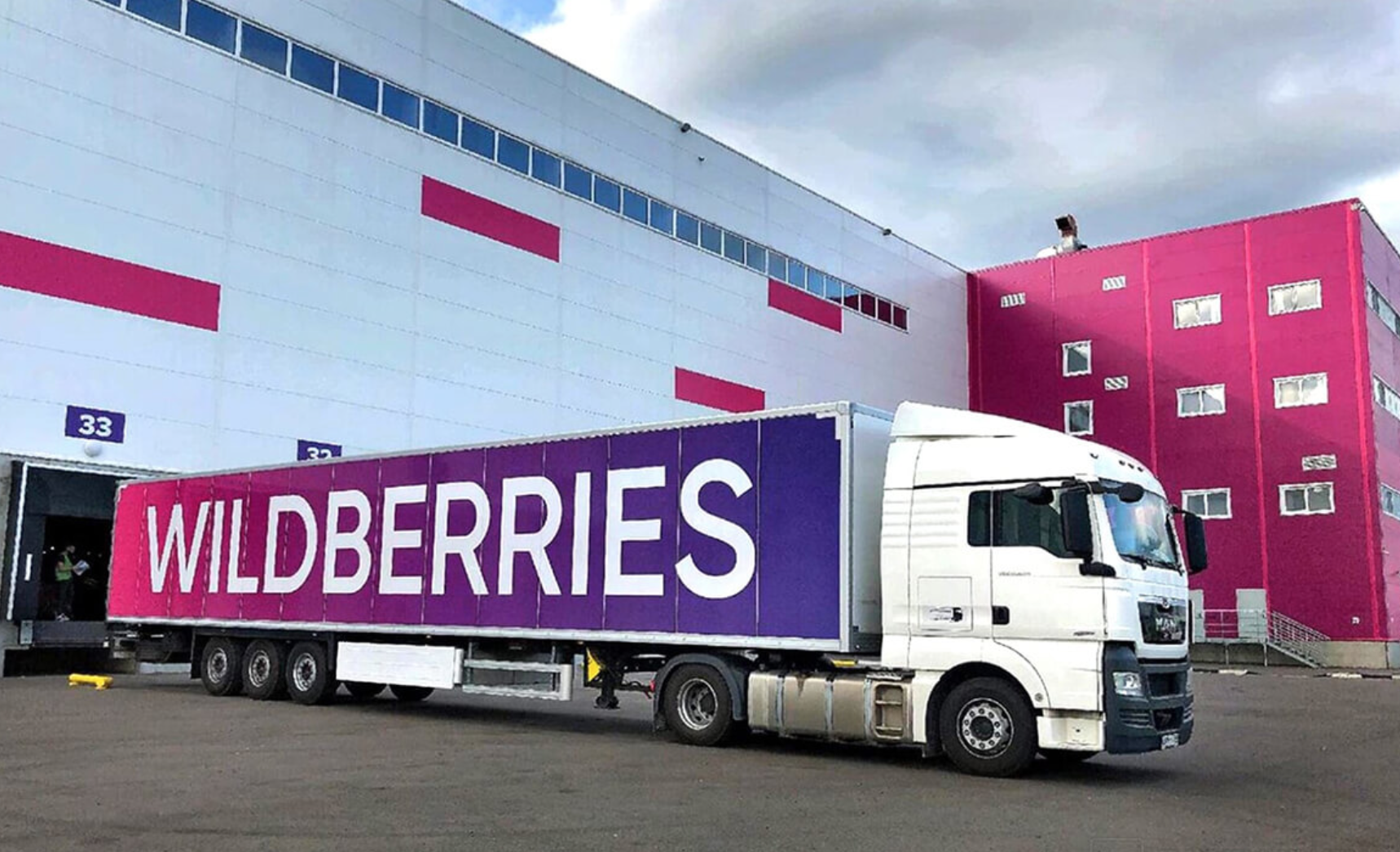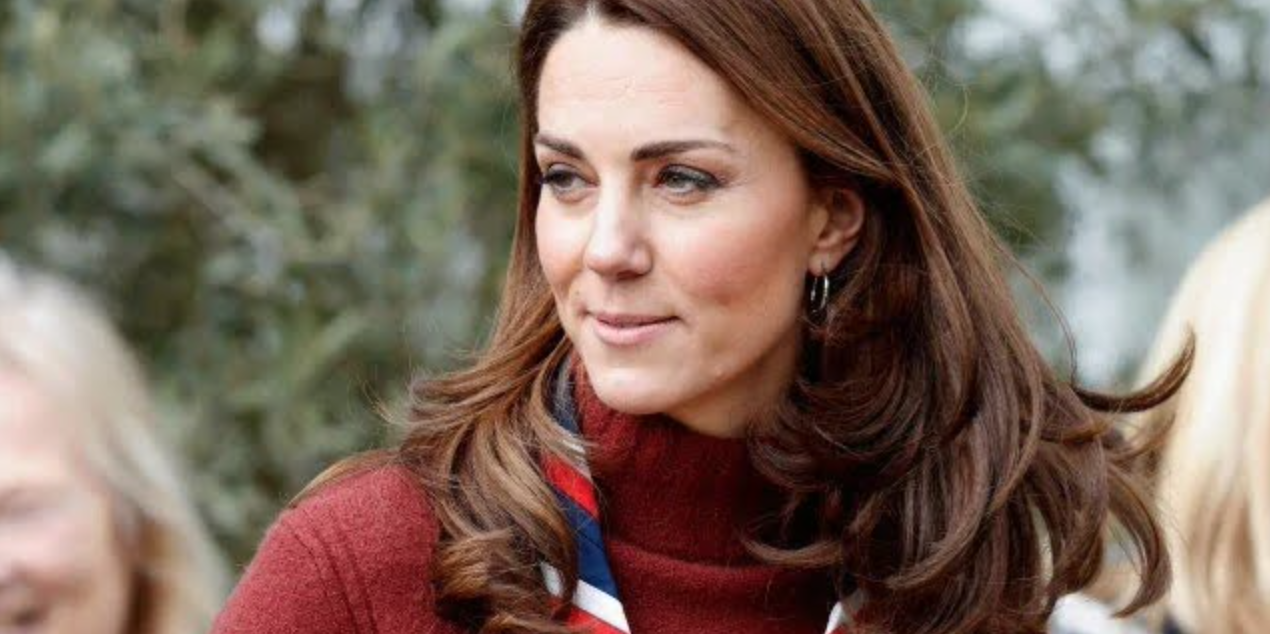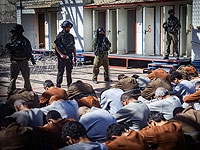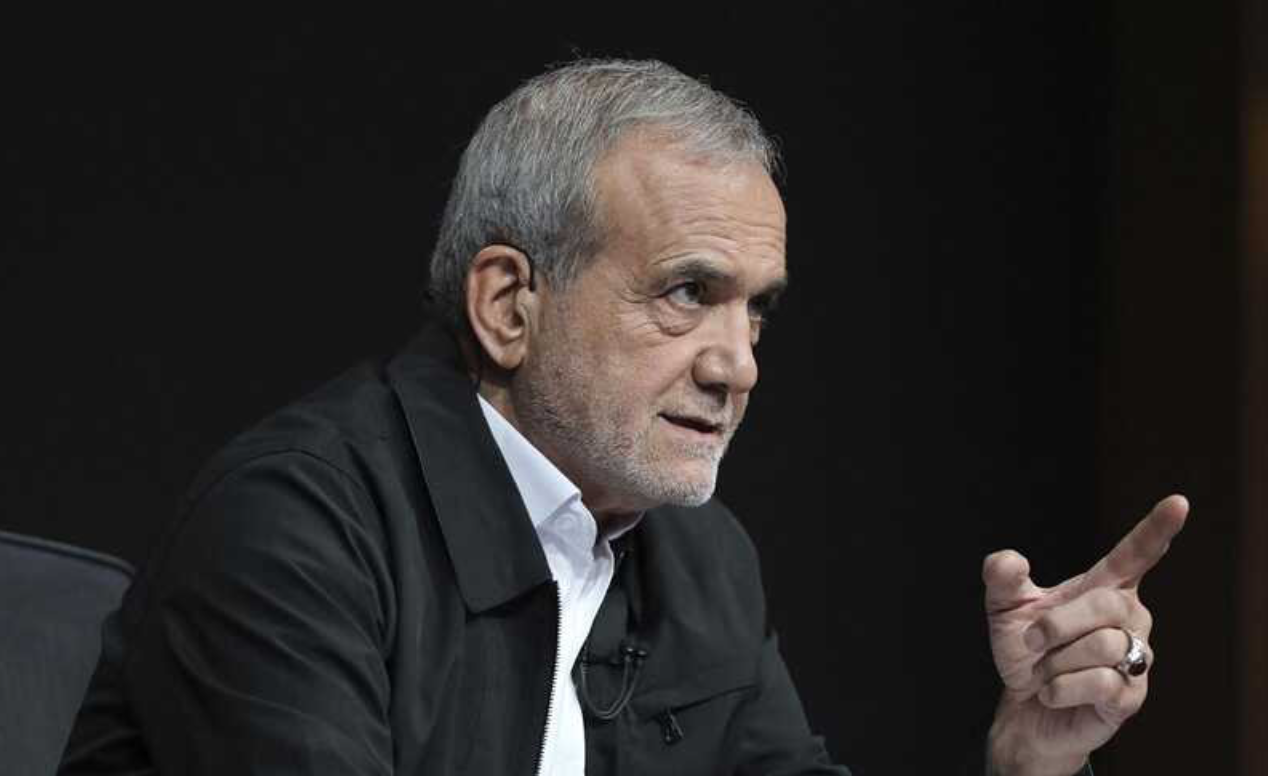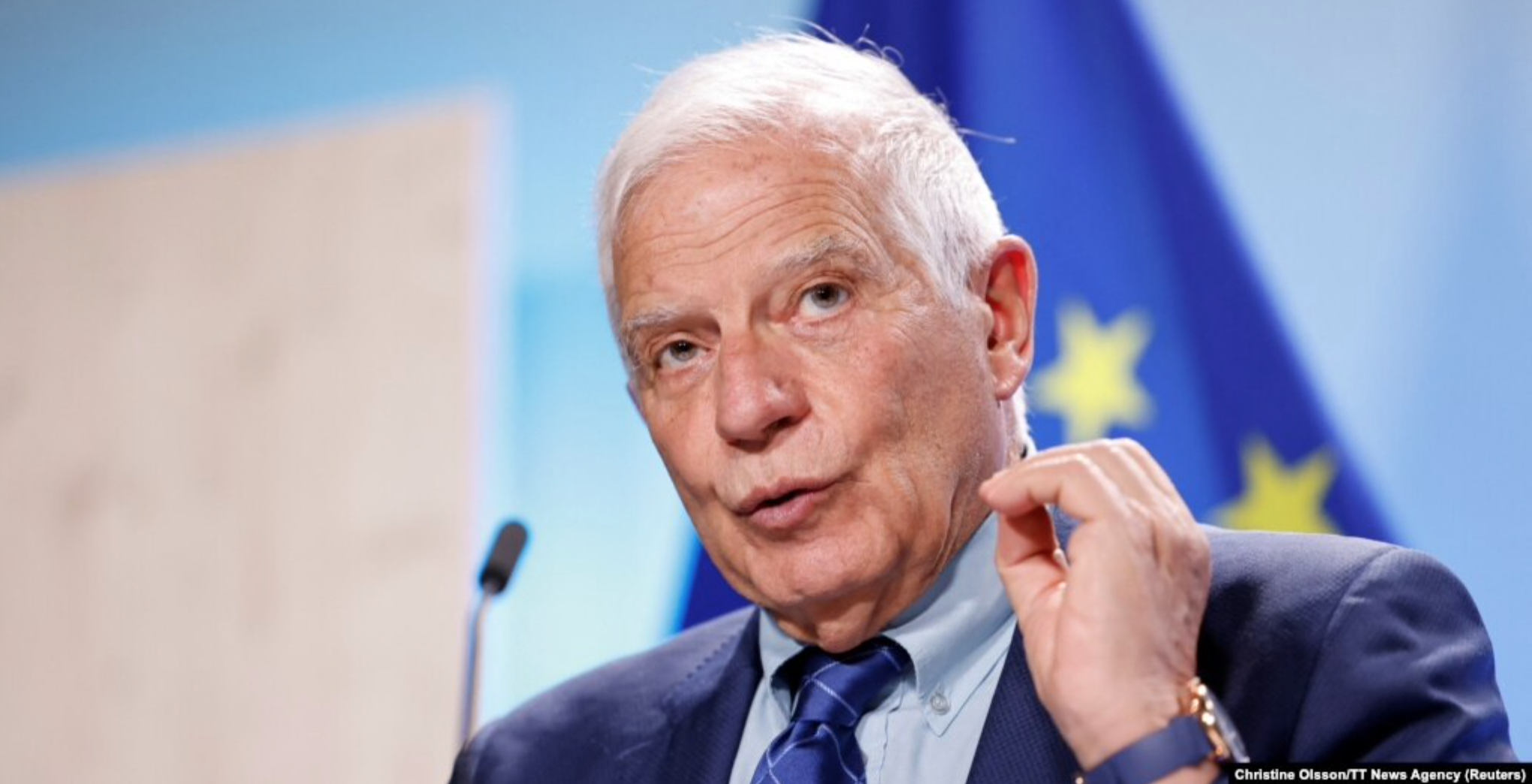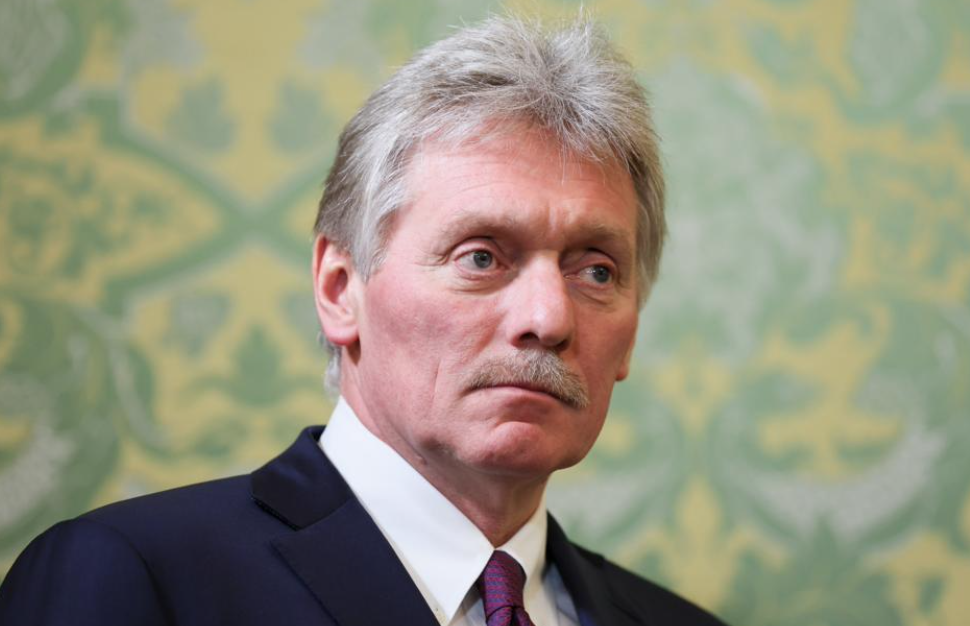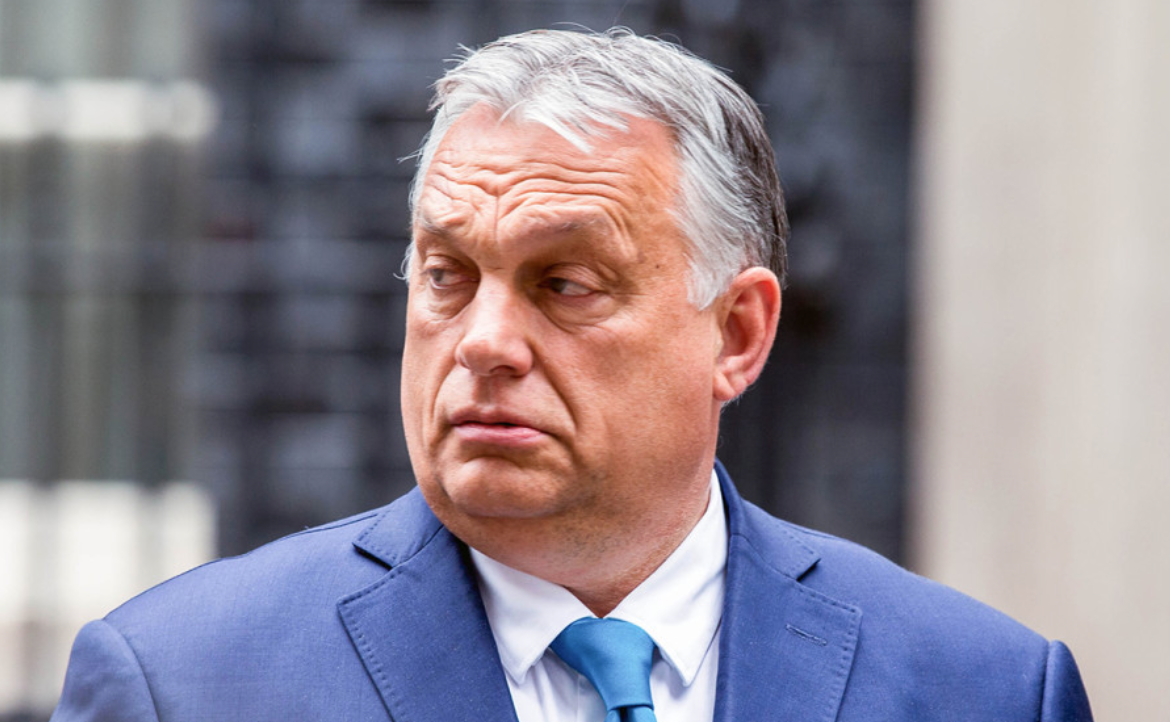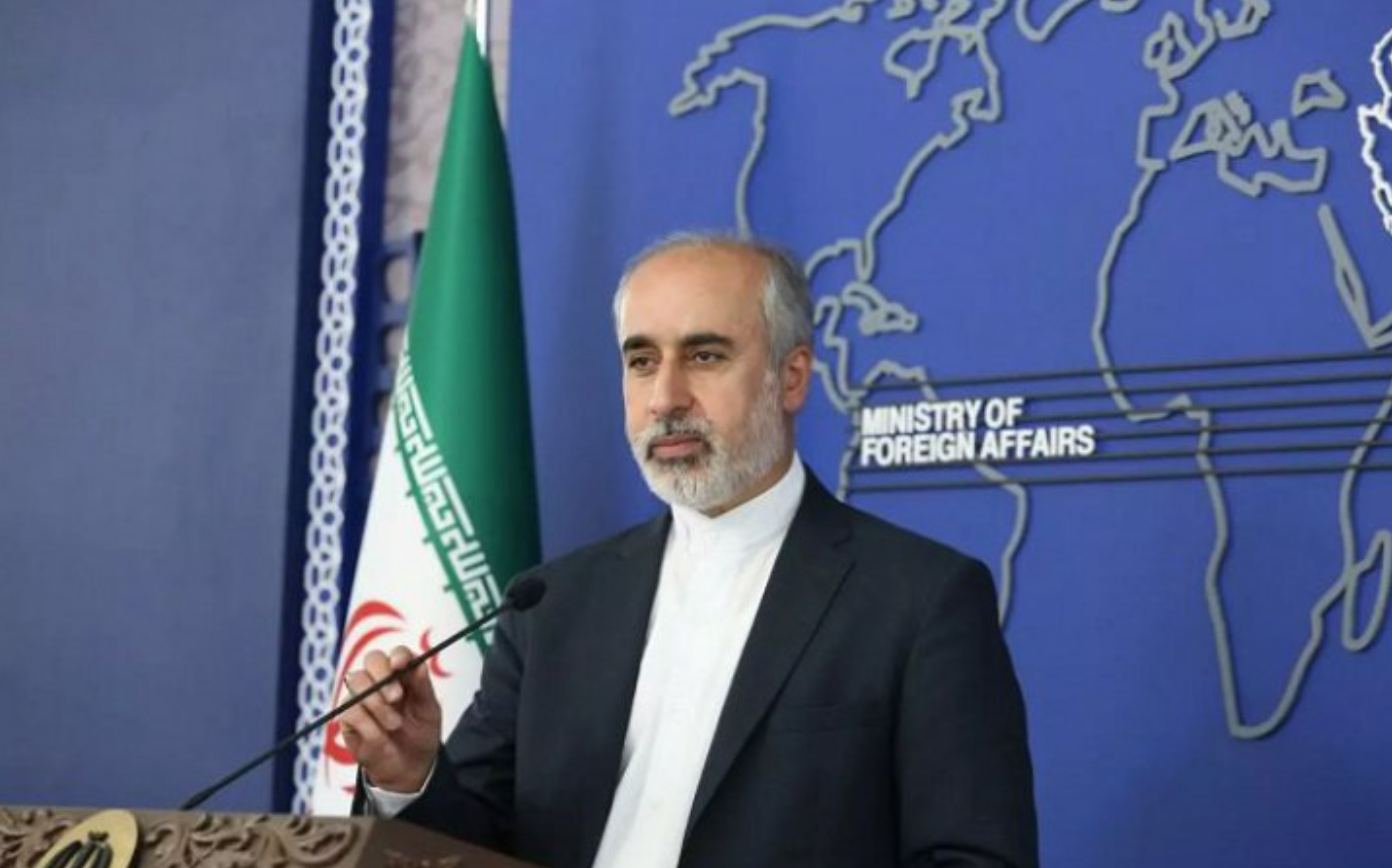On Friday, Ukraine’s Airborne Forces (DShV) released the first video footage from their recent operation across the Russian border into the Kursk region. The video showcases a combined arms operation that caught Russian defenders off guard.
“Mine clearing, breaching the border, destroying enemy defensive positions, air and artillery support, capturing prisoners. These are the first hours of the Defense Forces’ offensive in Russia’s Kursk region on August 6, 2024—a day that will go down in the history of the Russian-Ukrainian war,” the DShV stated, according to Ukrainska Pravda.
The Ukrainian paratroopers highlighted that meticulous preparation, strategic planning, surprise, morale, and maintaining operational silence were crucial in the early stages of the operation. Although the video clips were edited for dramatic effect, they demonstrate that Ukrainian forces achieved something even Russian troops failed to do in the early days of the war—a complex combined arms operation involving infantry, mechanized units, artillery, special forces, and aviation (in this case, drones).
This sentiment was echoed by former U.S. Army Europe commander General Mark Hertling, who remarked on the operation based on earlier available footage.
“From my perspective, this action was impressive. It shows thorough preparation in intelligence gathering, a well-crafted maneuver plan, use of combined arms (infantry, mechanized forces, artillery, air defense, engineers, communications, air coordination—drones—and logistics), solid operational security, and clear coordination between tactical and strategic levels,” Hertling wrote in a recent Twitter post.
Hertling likened the Ukrainian incursion into Kursk to the World War II Doolittle Raid, which demonstrated that Japan’s main islands were vulnerable to American air attacks when they least expected it.
In a separate video released on Friday, Ukrainian paratroopers showed the bombing of a border crossing in Sudzha, a town that serves as a major transit point for Russian gas to Europe. The footage captures Russian defenders surrendering to drones to avoid being killed.
Just a day earlier, Supreme Allied Commander Europe, General Christopher Cavoli, stated that Russia is still struggling to formulate a response to Ukraine’s operation in the Kursk area, describing the Russian reaction as slow and disjointed.
“Russia is still figuring out how to respond to the Ukrainian incursion. So far, the response has been quite slow and fragmented. Part of this is due to confusion over jurisdiction. The Ministry of Defense is responsible for military actions inside Ukraine, but inside Russia? That falls under the Ministry of Internal Affairs,” General Cavoli told Voice of America.
“Additionally, Russia lacks readily available forces to deploy there. The level of engagement and the burden on Russian ground forces in Ukraine is already significant,” he added during a NATO Council on Foreign Relations meeting.
When asked about the Ukrainian forces involved in the operation, Cavoli praised their military, technical, and tactical innovations.
“Over the past few years, it’s been remarkable what Ukraine has achieved with the voluntary support of about 50 countries around the world that have united to assist them in their fight,” Cavoli stated.
How Many Ukrainian Troops Are Fighting on Russian Soil?
After the initial success of the incursion, which resulted in complete operational surprise, the Kyiv General Staff decided to deploy parts of two additional airborne brigades to Kursk—No. 82 and No. 95.
Military analyst David Axe of Forbes estimated on Wednesday that after this elite reinforcement, the Ukrainian expeditionary force in Kursk consists of approximately six front-line brigades, plus two separate battalions and artillery, intelligence, special forces, and drone units in support roles.
Some of these units were redeployed to Kursk after being withdrawn from combat zones in eastern Ukraine, indicating that the Ukrainian General Staff hopes to capitalize on the initial success of the invasion.
“Given that Ukraine has withdrawn units from the Pokrovske, Toretsk, and Chasiv Yar fronts—the most challenging sections of the front line—it’s clear that Ukraine is not pursuing limited objectives in its Kursk operation,” said military analyst Rob Lee.
However, the precise military goals remain unclear. Earlier this week, a Ukrainian Foreign Ministry spokesperson stated that the offensive would halt if Russia agreed to a “just peace.”
Ukrainian Armed Forces Commander-in-Chief General Oleksandr Syrskyi announced on Thursday that Ukraine had established a military administration in the territories it controls in the Kursk region.
Syrskyi also stated that by Thursday, his forces had taken control of 82 towns and 1,150 square kilometers in the Russian border region of Kursk.
Meanwhile, Ukrainian President Volodymyr Zelensky announced on Thursday that Kyiv’s forces had gained full control of the Russian city of Sudzha, which remains contested by Russian forces.

